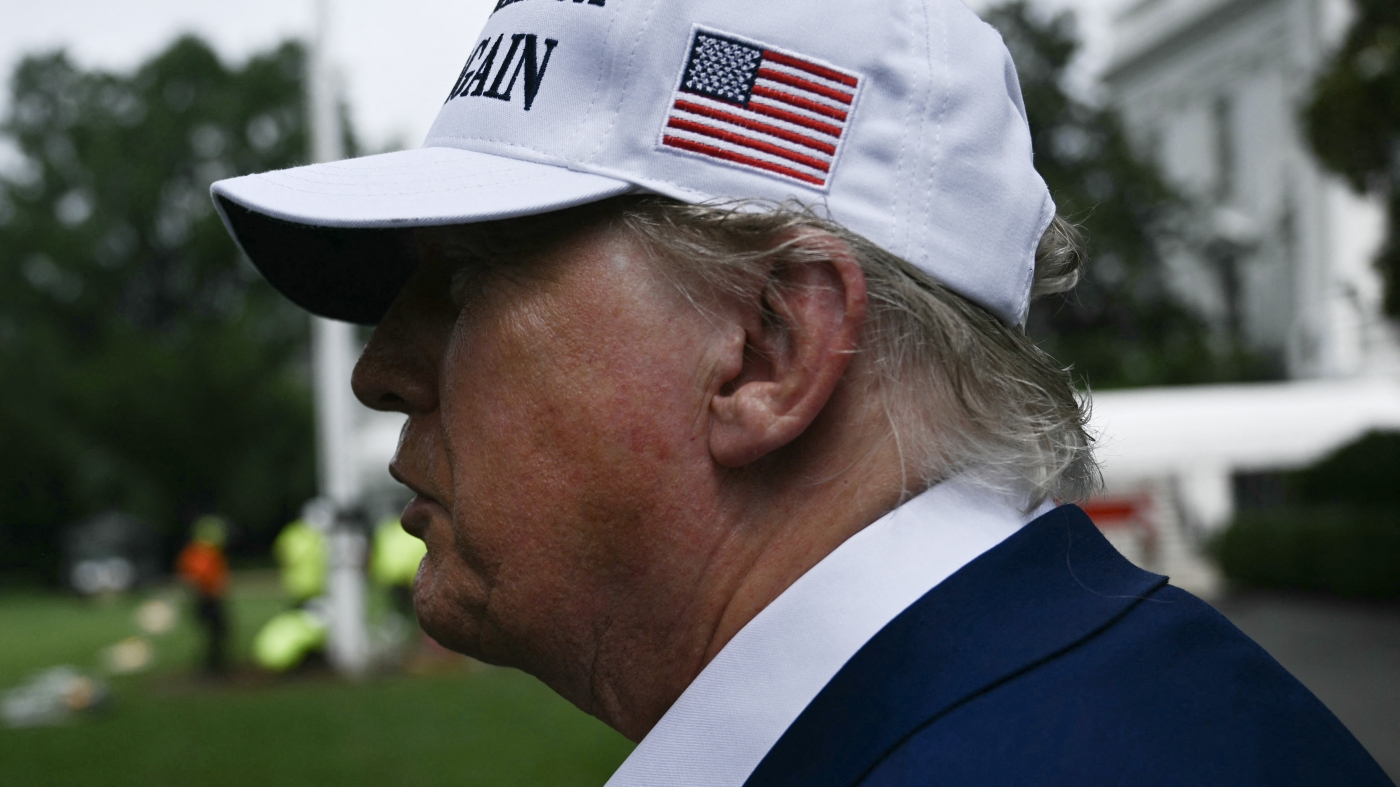A Fractured Front: Disunity Within the Pro-Trump Media Ecosystem Regarding the Israel-Iran Conflict
The escalating conflict between Israel and Iran has laid bare a significant and unprecedented rift within the pro-Trump media landscape, typically known for its unified support. While Donald Trump has publicly backed Israel, a notable segment of his most fervent media allies are openly dissenting, expressing concerns that his stance and potential U.S. involvement could lead to a broader, more devastating war. This divergence underscores a complex interplay of ideological factions within the “Make America Great Again” (MAGA) world—isolationists, national security conservatives, and those influenced by the traditional pro-Israel lobby—and reveals a weakening of the monolithic support Trump once commanded from his media network.
The Core of the Disagreement: Intervention vs. Isolation
The central point of contention revolves around the appropriate U.S. role in the Middle East. A recurring theme in the reporting is the fear among some pro-Trump figures that unwavering support for Israel, particularly if it leads to direct U.S. military action against Iran, will draw America into another costly and protracted conflict. This perspective aligns with the “America First” isolationist tendencies that resonated with a portion of Trump’s base during his initial campaigns. These supporters advocate for a non-interventionist foreign policy, prioritizing domestic concerns and avoiding entanglement in foreign wars.
On the other hand, a more hawkish faction, often comprised of national security conservatives who previously held positions in Trump’s administration (like figures associated with Jared Kushner and Mike Pompeo), favor a strong stance against Iran and unwavering support for Israel. This group views Iran as a destabilizing force in the region and believes a firm response is necessary to deter further aggression. The conflict, therefore, isn’t simply about whether to support Israel, but how that support should manifest, and whether it should extend to direct military engagement.
Historical Roots of the Divide
The current split isn’t entirely new. The articles suggest a historical tension within Trump’s coalition. The strong pro-Israel stance adopted during his first term, largely driven by individuals like Kushner and Pompeo, reportedly alienated some of his more isolationist supporters. This earlier friction has now resurfaced with renewed intensity, fueled by the immediate threat of a wider war. The articles point to a pre-existing ideological diversity within the MAGA movement, which Trump skillfully navigated during his presidency but is now proving more difficult to contain.
The Media Landscape: Fragmentation and Alternative Ecosystems
The fracturing within the pro-Trump sphere is also reflected in the evolving media landscape. The rise of alternative conservative media ecosystems—encompassing podcasts hosted by figures like Joe Rogan, Charlie Kirk, and Andrew Schulz—has provided platforms for dissenting voices that might not have found a home in more traditional conservative outlets. This fragmentation allows for a wider range of opinions to circulate within the pro-Trump world, challenging the previously dominant narratives.
Furthermore, the Pentagon’s recent decision to replace established media organizations with pro-Trump outlets as part of a “media rotation program” underscores a deliberate effort to cultivate a more favorable media environment. However, this move also inadvertently amplifies the internal disagreements, as these pro-Trump outlets are not monolithic in their views on foreign policy. The situation is further complicated by the ongoing “war” between Trump and mainstream media, as evidenced by attempts to revoke licenses and accusations of a “deep state” conspiracy.
Trump’s Position and the Uncertainty of His Future Actions
Adding to the complexity is Trump’s own ambiguous messaging. Reports indicate he has stated he “may” or “may not” order attacks on Iran’s nuclear sites, creating uncertainty and fueling speculation about his intentions. This lack of clarity allows different factions within his base to interpret his statements in ways that align with their own preferred policies. His recent attacks on reliable allies on Truth Social further demonstrate a willingness to disrupt established norms and challenge conventional wisdom, even within his own political camp.
The Implications for 2025 and Beyond
Looking ahead to a potential second Trump term in 2025, the articles suggest his relationship with the media will continue to be transformative. Strategic appointments and a willingness to challenge established media institutions are likely to remain hallmarks of his approach. However, the current division over the Israel-Iran conflict highlights a potential vulnerability. A fractured base could weaken his political leverage and make it more difficult to implement his foreign policy agenda.
The situation also underscores the evolving dynamics of the American right. The traditional alignment of conservatives with unwavering support for Israel is being challenged by a growing isolationist sentiment, particularly within the MAGA movement. This internal struggle will likely shape the future of conservative foreign policy and could have significant implications for U.S. involvement in global conflicts.
A Warning Sign for MAGA Unity
The split within the pro-Trump media ecosystem regarding the Israel-Iran conflict isn’t merely a disagreement over foreign policy; it’s a symptom of a deeper fracturing within the MAGA movement itself. The once-unwavering loyalty to Donald Trump is being tested, and the emergence of dissenting voices—even among his most ardent supporters—signals a potential erosion of his political control. This internal division represents a significant challenge for Trump as he contemplates a potential return to the White House, and it serves as a stark reminder that even the most seemingly monolithic political movements are susceptible to internal strife and ideological divergence. The future of the MAGA movement hangs in the balance, and how Trump navigates this divide will be crucial in determining his political trajectory and the broader direction of conservative politics in the United States.











